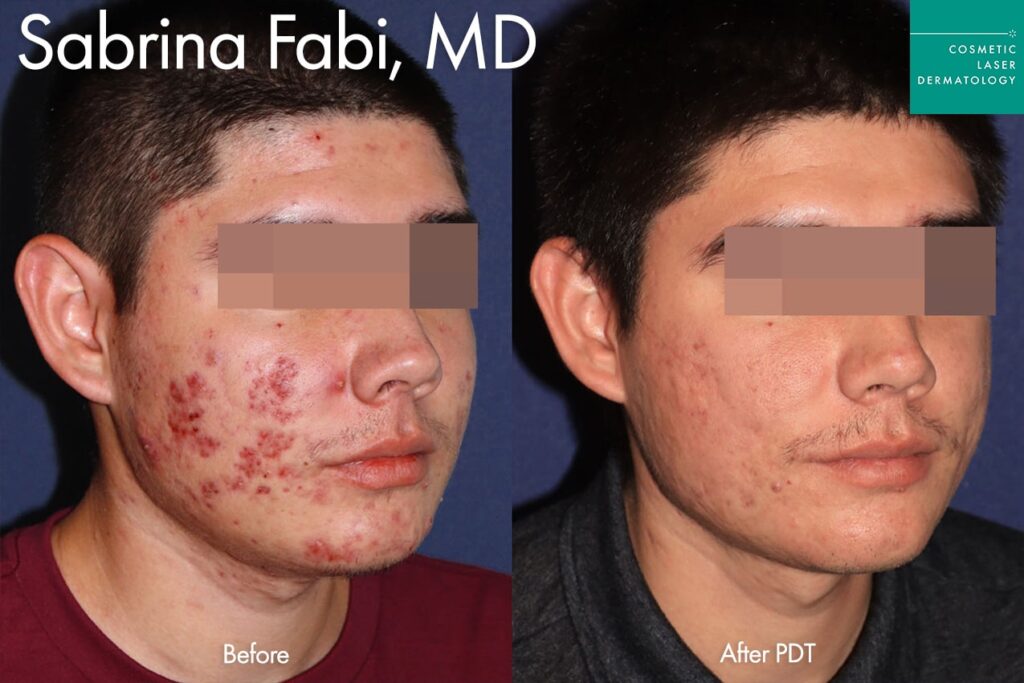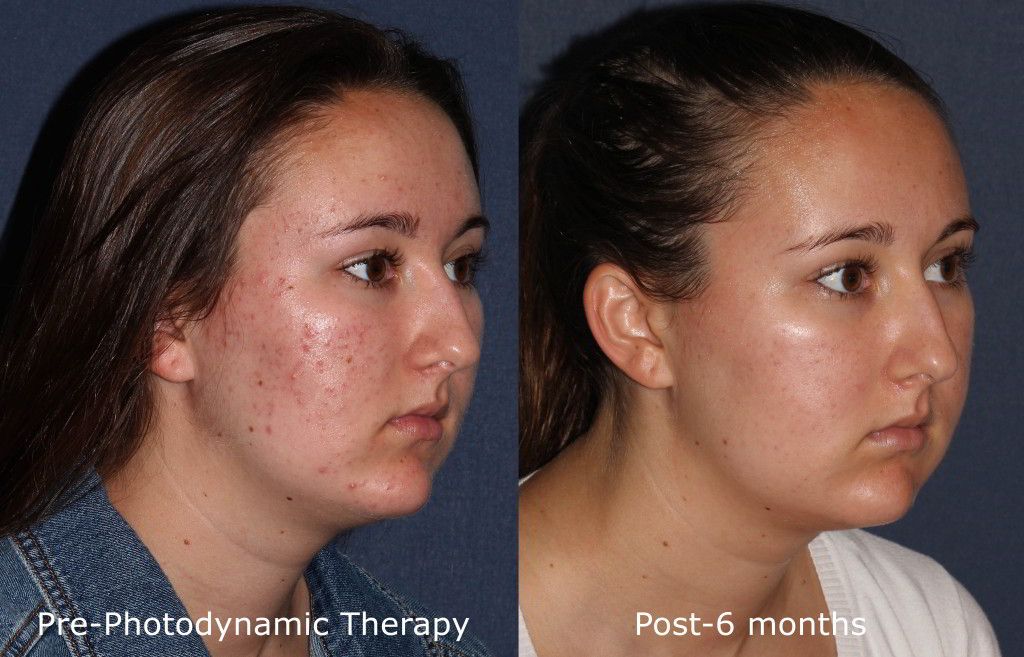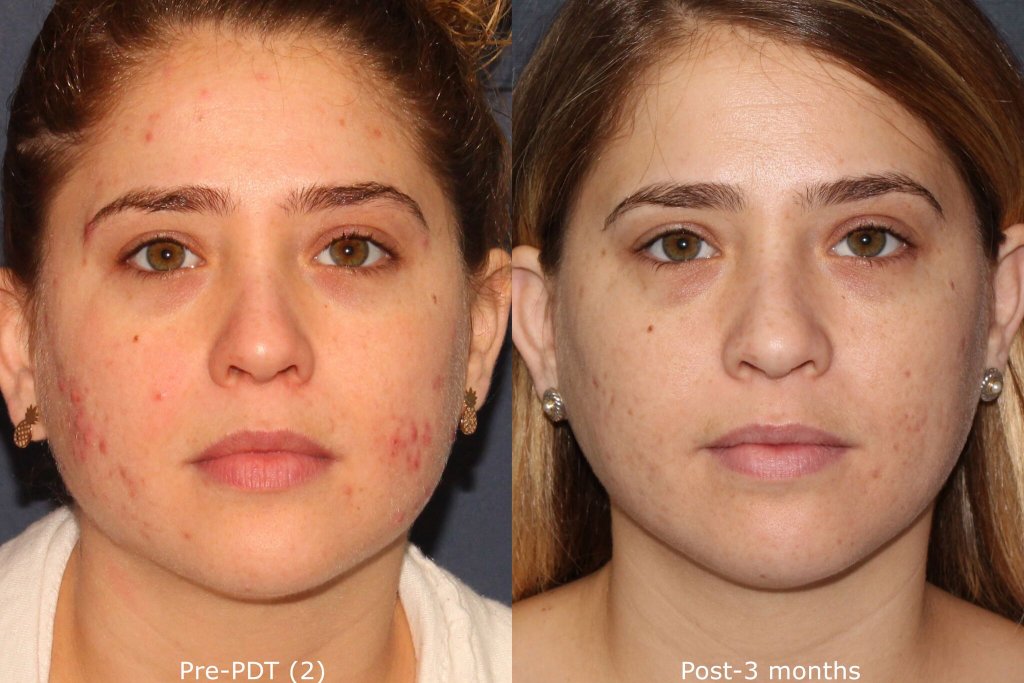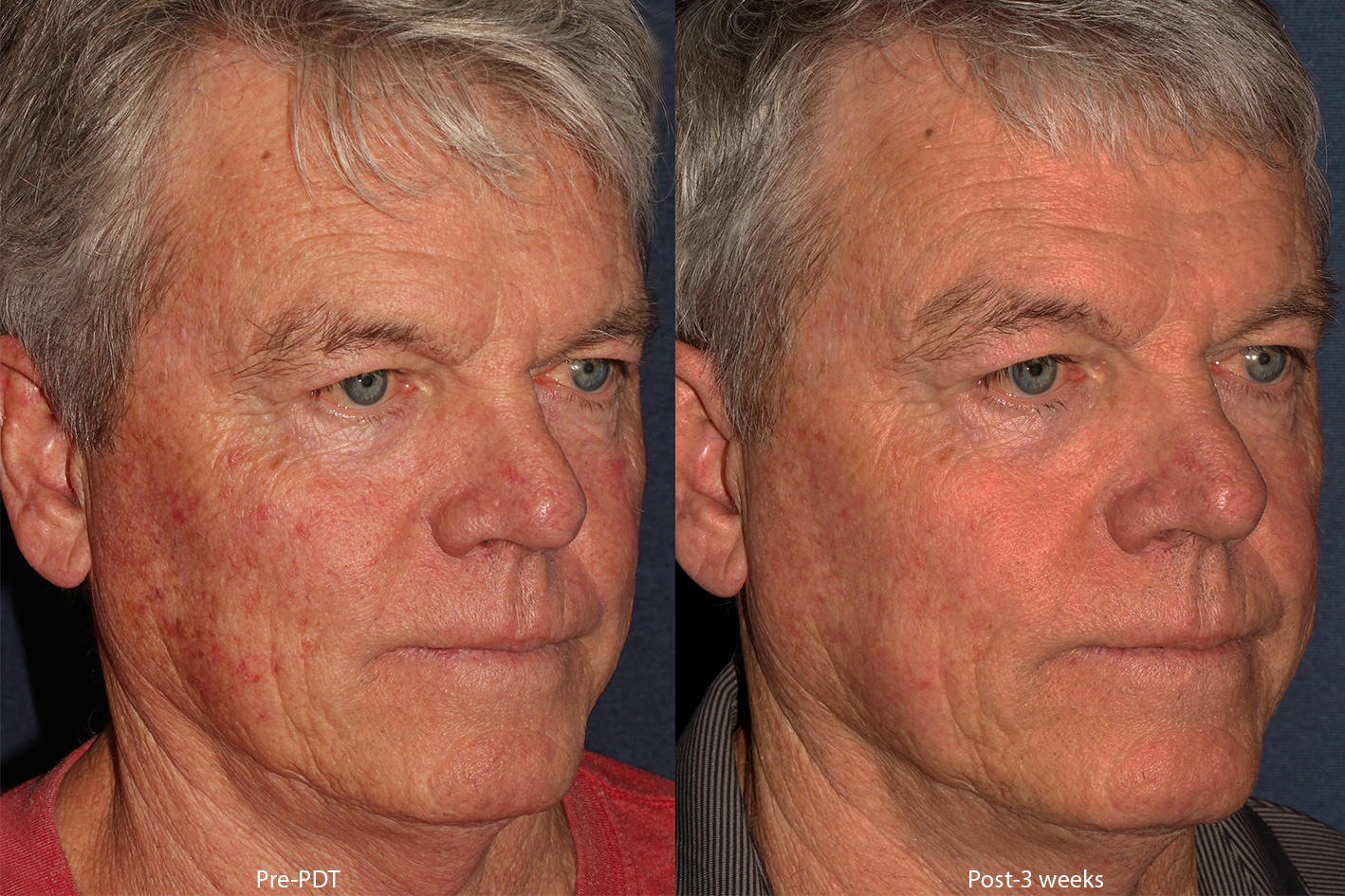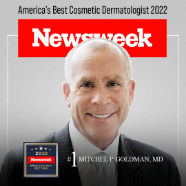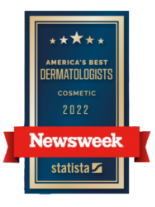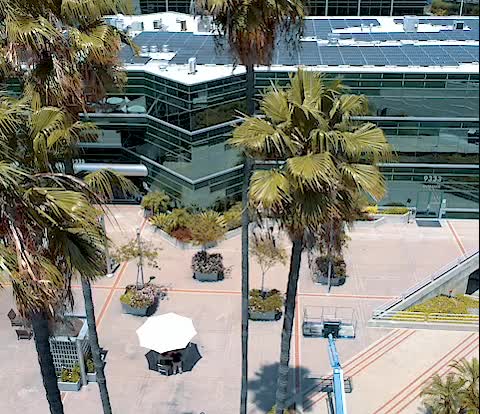

Photodynamic Therapy
Restore clarity, smoothness, and balance to your skin with Photodynamic Therapy (PDT), a cutting-edge treatment that targets acne, sun damage, actinic keratoses, and uneven texture. By combining a light-activated solution with laser, light, and energy devices, PDT works below the surface to destroy damaged cells and bacteria while stimulating healthier skin renewal.
Treat Sun Damage and Precancerous Spots

Target and remove sun-damaged or precancerous cells for smoother, more even, and healthier-looking skin.
Clear Acne and Breakouts
Destroy acne-causing bacteria at the source to prevent future breakouts and promote clearer, healthier skin. Cosmetic Laser Dermatology was the principal clinical site to coordinate an FDA study leading to the approval for PDT in treating acne.
Treat Early Superficial Skin Cancers

Treat early forms of skin cancer such as superficial basal cell carcinoma and superficial squamous cell carcinoma. Cosmetic Laser Dermatology was the principal clinical site to coordinate an FDA study leading to the approval for PDT in treating superficial skin cancers.
Improve Skin Tone and Texture
Refine rough or uneven skin while boosting radiance and clarity for a visibly rejuvenated glow.
Stimulate Natural Healing and Renewal

Activate your skin’s self-repair process to regenerate fresh, new cells and long-term improvements in skin health.
Receive Expert Care and Customization

Your dermatologist will exfoliate the treatment area and apply Aminolaevulinic Acid (ALA) for 1–3 hours of incubation. The solution is then activated using targeted laser, light, and energy devices based on your individual needs.
Experience Comfort During Treatment
Cold air and cool mist are applied during therapy to enhance comfort. You may feel mild tingling or warmth as the light activates the medication. Some patients also use Pronox, nitrous oxide to further decrease pain.
Expect Temporary Redness and Peeling
After your treatment, redness and swelling typically peak within 48–72 hours, followed by light peeling or flaking as new, healthy skin emerges.
Enjoy Clearer, Healthier Skin

As inflammation subsides, you’ll notice fewer breakouts, improved tone and texture, and healthier, smoother skin. Follow-up treatments may be recommended for ongoing acne control or actinic keratosis management. Individual results may vary.
Photodynamic Therapy FAQs
Photodynamic Therapy (PDT) treats a variety of skin conditions, including acne, sun damage, actinic keratoses, superficial skin cancer and uneven texture. It helps clear pores, kill bacteria, and improve overall skin tone and quality.
During PDT, a photosensitizing solution (ALA) is applied to the skin and absorbed by abnormal skin cancer and oil-producing cells. When exposed to a special light or laser, these cells are destroyed, allowing new, healthy skin to regenerate.
Redness, mild swelling, and warmth are common immediately after treatment. Your skin may peel lightly for several days, similar to sunburn, as damaged cells shed. Avoid all direct sunlight for 24-48 hours post-procedure to prevent irritation.
Yes. PDT for acne effectively reduces oil production, shrinks sebaceous glands, and kills acne-causing bacteria—helping control breakouts and prevent future flare-ups.
Most patients recover within 5–7 days, with redness subsiding and smoother, clearer skin revealed. Sunscreen and gentle moisturizers are essential during healing.
The number of treatments varies based on your skin condition. Many patients see improvement after one session, while others benefit from a short series for optimal results. Individual results may vary.
Yes—when performed by a qualified dermatologist. At Cosmetic Laser Dermatology, we adjust laser settings and light exposure to suit your skin type safely and effectively.
Absolutely. Our experts often combine PDT with light resurfacing, chemical peels, or Take10 for comprehensive skin rejuvenation and long-term results. We frequently combine PDT with, blue light, pulse-dye lasers, and IPL to maximize results.

